Climate chaos is threatening Pakistan’s food security. Can it adapt in time?
Scientists warn that the country’s ‘new normal’ of extreme heat, floods and erratic rainfall is pushing farms and supply chains to the brink
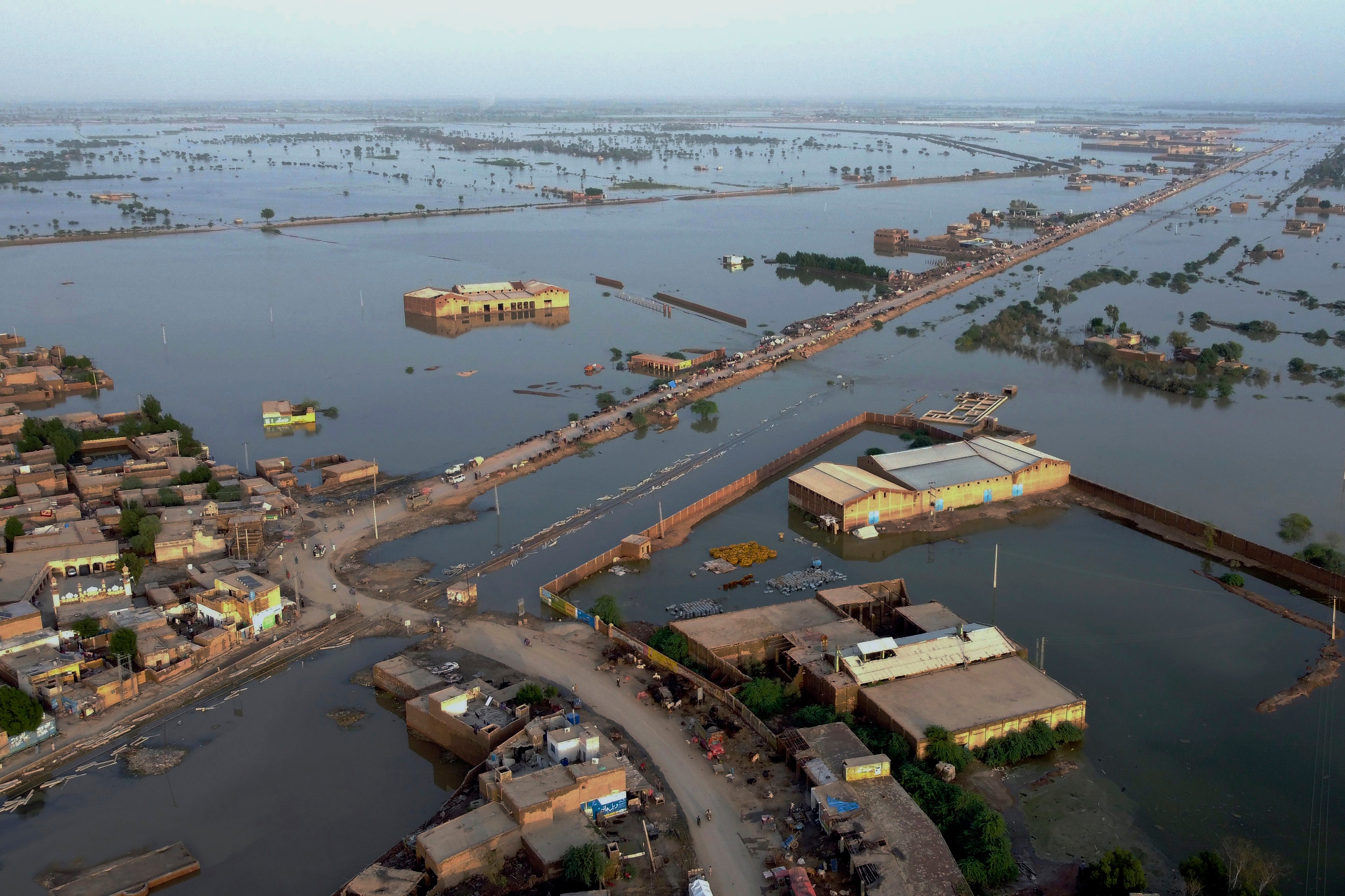
Three years after catastrophic floods submerged one-third of Pakistan, scientists have concluded that the country’s weather systems have shifted into a perilous “new normal” – a volatile climate pattern marked by parched winters, searing heatwaves and erratic summer monsoons that threaten crops, infrastructure and livelihoods across the nation.
Experts told This Week in Asia that this growing unpredictability had already undermined crop yields over the past four years, posing an increasingly grave risk to Pakistan’s food security.
“This is not good news for Pakistan,” said Ali Mirchi, an associate professor of water resources engineering at Oklahoma State University, who has co-authored multiple studies on the changing hydrology of the Indus River basin.
The region, which encompasses much of Pakistan and extends into northwest India, is exhibiting unmistakable signs of growing instability, Mirchi said. Floods, water shortages and heat stress are now routinely disrupting planting and harvest cycles.
“The overall impact is more uncertainty for agricultural production and water security,” he said, with consequences that are “both immediate and long-term”.
Flash floods devastate standing crops and unleash “serious ripple effects for agrarian communities”, Mirchi said. Droughts, combined with shifting snowmelt patterns, further limit irrigation, placing additional pressures on agriculture.
To cope with these uncertainties, communities in Pakistan and northwest India have increasingly turned to “already-strained groundwater resources”, especially for water-intensive farming systems – a trend that Mirchi warned placed long-term water security in jeopardy.
Studies have found significant groundwater depletion in parts of northwest India’s canal-fed regions, driven by a combination of low rainfall, dwindling tributary flows and the demands of the dominant rice-wheat rotation.
Pakistan faces a parallel vulnerability: in Punjab and Sindh, prolonged drought and extreme heat have eroded wheat and sugar cane yields.
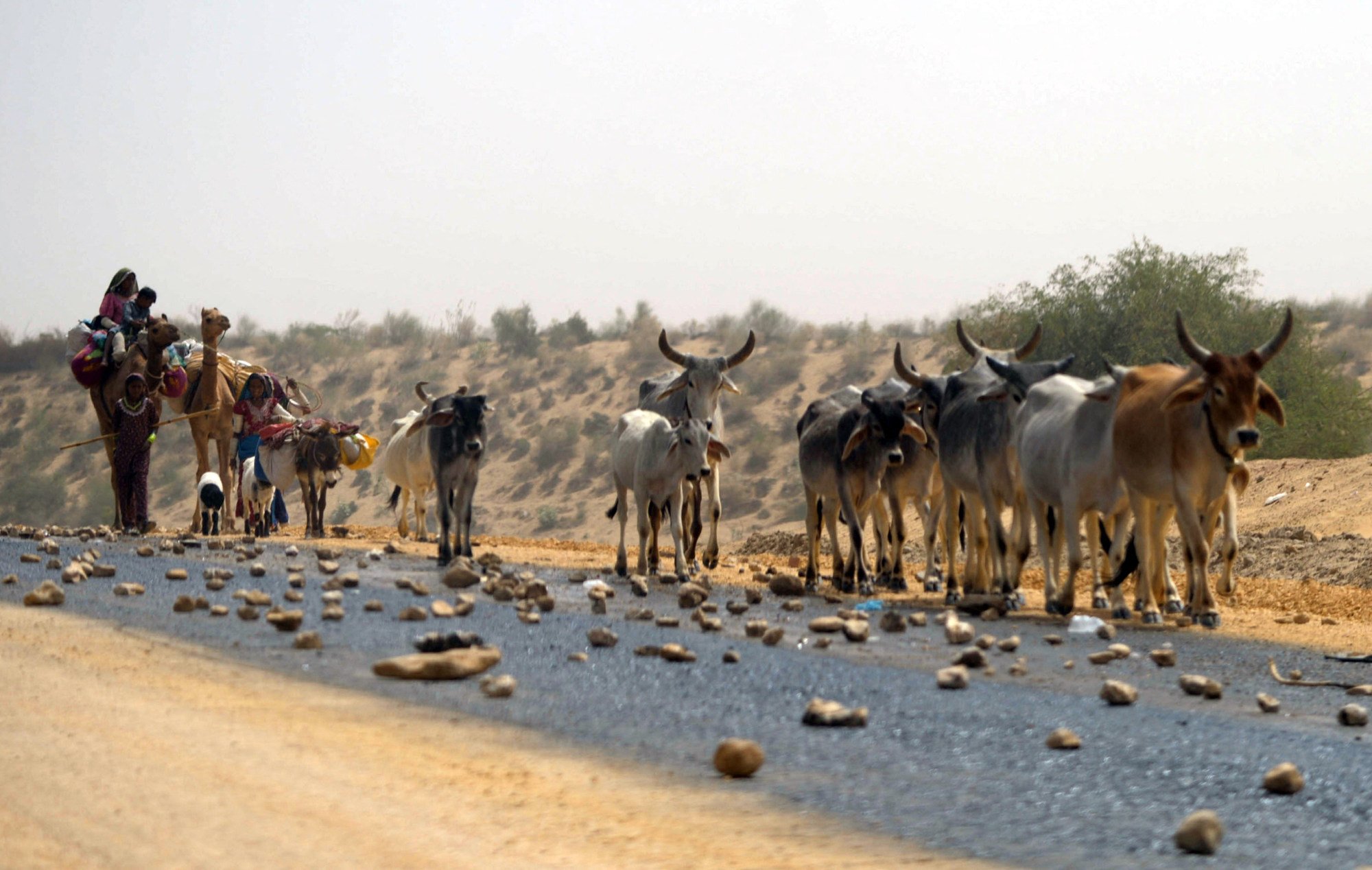
The consequences of Pakistan’s increasingly erratic climate extend far beyond food and water. According to Abid Qayyum Sulehri, executive director of the Sustainable Development Policy Institute in Islamabad, the volatility is destabilising the economy itself.
He said extreme weather had disrupted staple crops that underpin both export earnings and manufacturing. In 2023, this weakened Pakistan’s foreign exchange reserves at a time when the country was already teetering on the brink of default.
Unhandled type: inline-plus-widget {“type”:”inline-plus-widget”}
“We are talking about living organisms,” Sulehri said. “Many other manufacturing processes can be temporarily halted during unfriendly weather but crops, once sown, of course cannot be paused.”
Declining cotton output in recent years has forced Pakistan’s textile industry, which accounts for about 60 per cent of export revenue, to ramp up imports of yarn.
Climate change has also hit the production of rice, Pakistan’s second-largest export, as well as mangoes and oranges, and forced the government to import sugar to offset falling cane yields.
Rethinking resilience
The devastating floods of 2022, which Islamabad estimated wiped out 40 per cent of the cotton crop and 15 per cent of rice paddies, provided a stark illustration of how climate change was already affecting Pakistan, Sulehri said.
But despite the scale of the crisis, the nation’s response has been slow to take shape.
After a brief military flare-up with India in May that resulted in New Delhi suspending the Indus Waters Treaty governing the sharing of the Indus River and its tributaries, Islamabad accelerated construction of four major dams and hydroelectric plants in response.
But Mirchi cautioned that the country urgently needed “a more comprehensive food security strategy” that extends beyond dams.
He argued such a strategy would include resilient farming methods, crop insurance, cold chain infrastructure and robust support for farmers, all necessary to confront the mounting threat to food supplies – a challenge inseparably linked to long-term groundwater depletion in key agricultural regions.
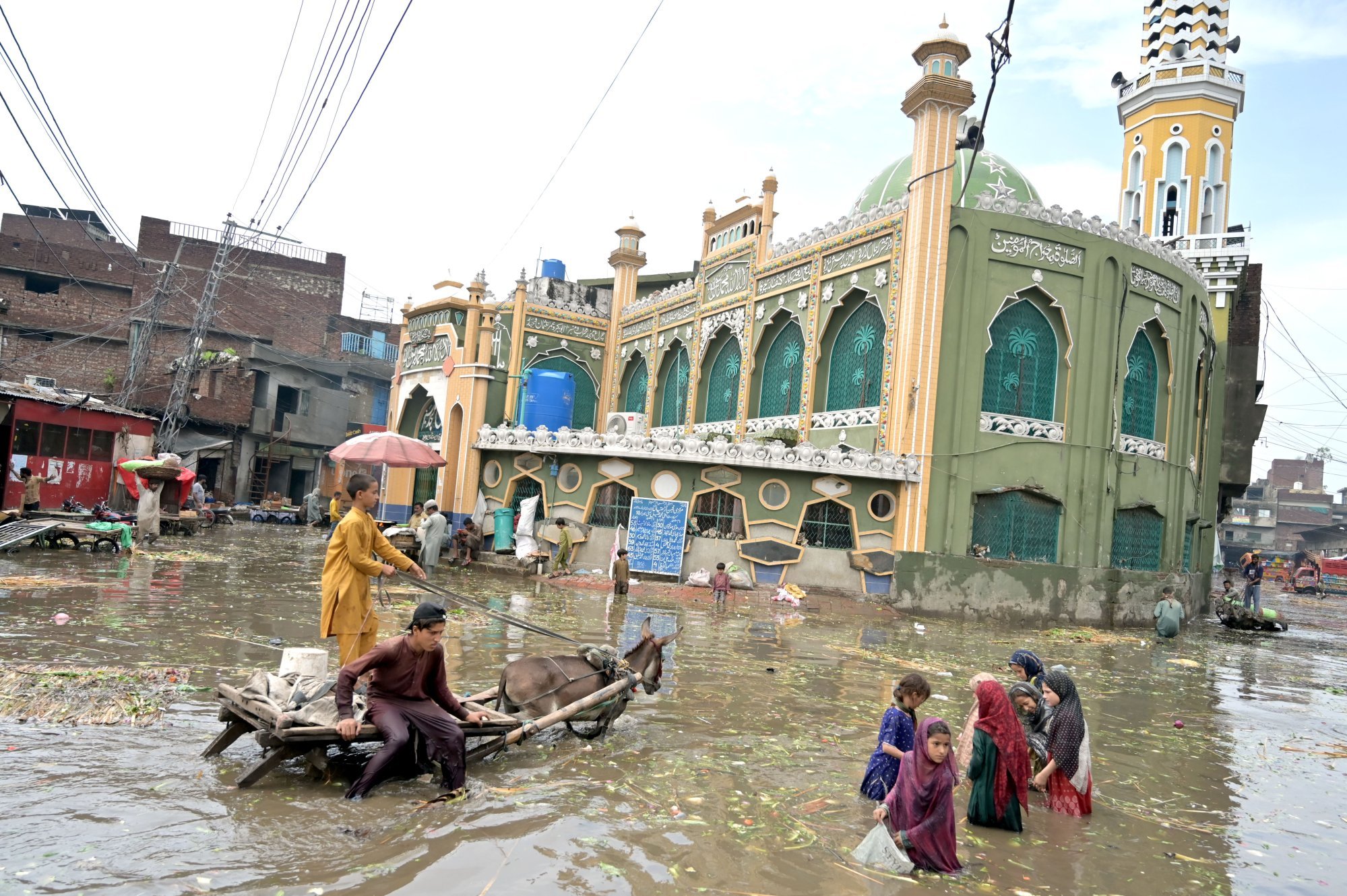
For Pakistan to ensure future food security, it must transform its agricultural value chain from “farm to market” to “seed to shelf”, according to Ehab Ansari, a Dubai-based business consultant with extensive experience in Pakistan’s agriculture sector.
“This requires both industrial reorganisation and cultural transformation in food consumption and production,” Ansari said. “Failing that, every climate shock will widen the hunger gap irreversibly.”
Pakistan’s prevailing model – fresh produce sold in open markets, minimal processing and scant refrigeration – “is fundamentally incompatible with the climate volatility and geopolitical pressures it now faces”, he warned.
From street-side vegetable stalls to home-made rotis, the country’s food culture has long prioritised immediacy over preservation, Ansari said. Low industrial investment means Pakistan lacks a scalable processed food industry. There is no nationwide system for frozen vegetables, canned fruits, or ready-to-eat meals.
“Processed and frozen food is not a luxury; it’s a buffer,” he said.
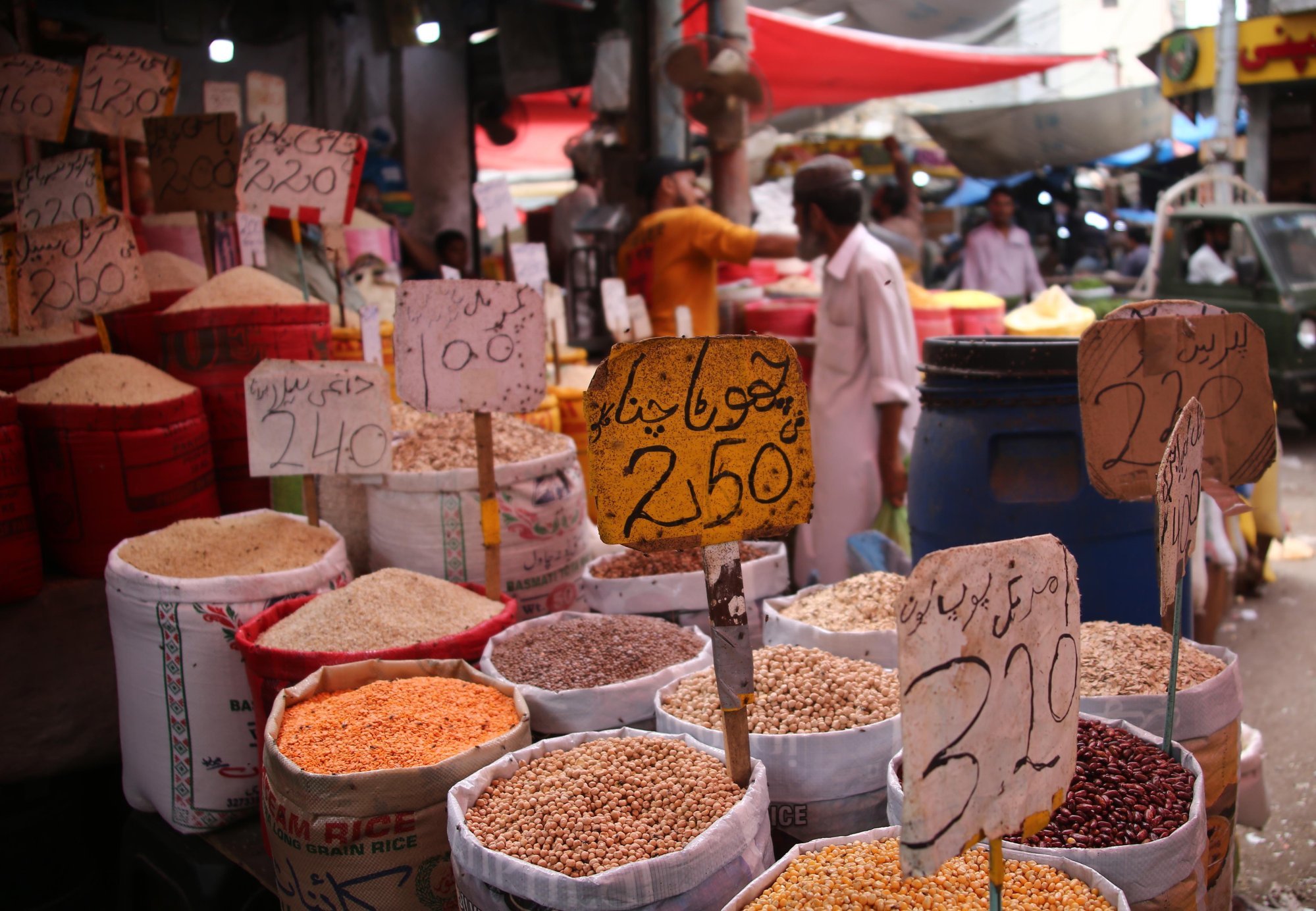
In developed economies, food preservation “acts as a hedge against seasonal shocks, spoilage, and market gaps”, Ansari said. In Pakistan, “it’s barely begun”.
The lack of cold chain infrastructure – refrigerated trucks, storage depots, and distribution hubs – also means that surpluses often go to waste.
“When tomato prices crash due to a glut, farmers go bankrupt,” he said. “When floods wipe out crops, there is nothing in storage to cushion the blow … Building food security in this context means rewiring the system.”
While challenging, Ansari believes this goal is within reach. Public-private partnerships could construct refrigerated supply lines, he said, and solar-powered cold storage units could be deployed in rural areas.
Large manufacturers such as Nestle and PepsiCo could “onboard thousands of smallholder farmers into processing co-operatives”, Ansari said, noting that roughly 80 per cent of Pakistan’s farms are two hectares (five acres) or smaller.
“Pakistan is a country of small farmers who rely on outdated irrigation, traditional crop cycles, and seasonal guesswork,” he said. For them, “change is expensive, risky, and often unnecessary – until it’s too late”.
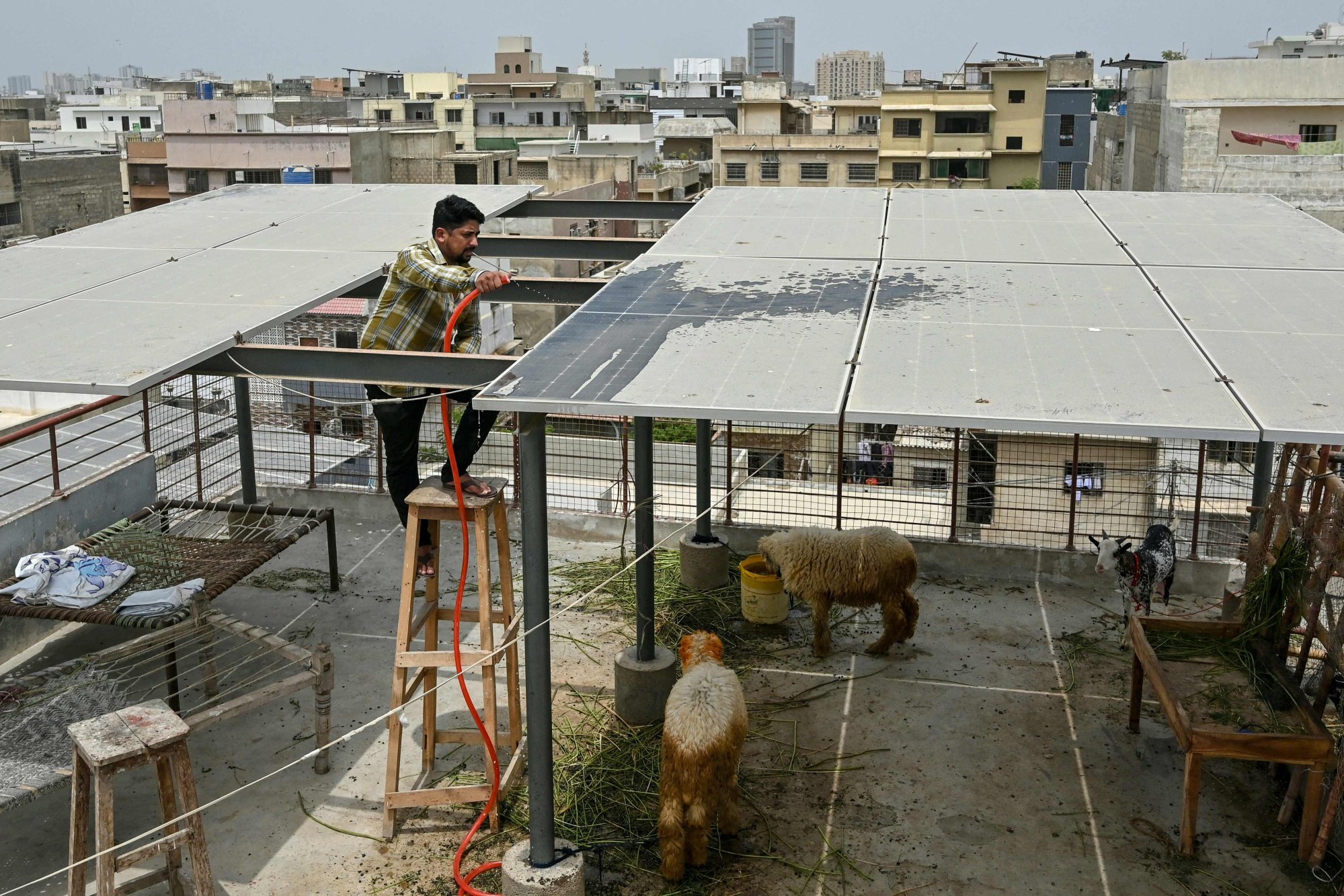
By contrast, urban Pakistanis have shown a greater readiness to adapt. In recent years, city dwellers have rapidly installed rooftop solar panels to offset soaring electricity costs and many have adopted local processed food brands such as Next Cola, Vital Tea and Kababjees Fried Chicken as part of a grass-roots boycott of multinational companies perceived to support Israel’s actions in Gaza.
Such examples suggest that consumer education – like recent campaigns by Nestle and FrieslandCampina Engro to promote UHT milk – could help rebrand frozen and processed food as safe and nutritious, Ansari said.
But for farmers, who are the most vital link in the food security chain, “change will take longer”, he said.
Without subsidies, training and new irrigation systems, “meaningful adaptation could take over a decade”, Ansari warned. “Unfortunately, climate change won’t wait.”